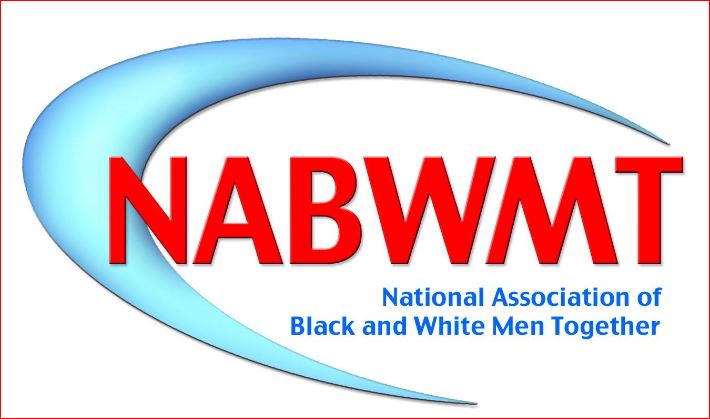
One year ago, George Floyd was murdered by a police officer in Minneapolis, and the streets of American cities filled with protesters demanding an end to police killings, in the largest mass movement for civil rights in a generation.
Thousands of people gathered in West Hollywood and downtown Los Angeles in June to demonstrate against the killing of George.
In Los Angeles, where the unrest that gripped the city for days evoked memories of 1992, when the city erupted in chaos after the acquittal of four officers in the beating of Rodney King.
It is useful to note that there was a crucial difference between 1992 and 2020.
After King, the unrest tore through South-Central Los Angeles, the heart of the Black community, leaving dozens dead and stores and buildings ablaze. After Floyd’s killing, the protests in Los Angeles were mainly in the whiter and richer Westside.
That was intentional, Patrisse Cullors, a co-founder of Black Lives Matter and a lifelong resident of Los Angeles, said last year. She described it as part of an effort to bring the voices of Black disenfranchisement to the communities that she said needed to hear them.
With the streets filled and activists calling not for reform but to “defund” police budgets and steer money toward social services, local leaders and voters seemed to embrace the spirit of the movement.
Mayor Eric M. Garcetti agreed to cut $150 million from the police budget, while voters elected a new district attorney, George Gascón, who promised to prosecute cops and send fewer people to prison. As recently as December, the city, facing a budget crunch as well as the racial justice movement, was considering laying off almost a thousand police officers, according to The Los Angeles Times.
Now, as the nation observes the anniversary of Floyd’s murder, it is a much different story.
Los Angeles, like many big cities, is awash in new guns and continuing violence. Last year, there were 305 homicides, up 36 percent from the prior year, and the highest level in more than a decade.
“The number of guns that are out there is just astonishing,” Chief Michel Moore of the L.A.P.D. said in an interview.
And instead of cutting the police budget, the City Council recently approved an increase, and the department is about to start hiring more officers.
“If you want to abolish the police, you’re talking to the wrong mayor,” Garcetti recently said in his State of the City address.
To contain the surge in gun violence, the L.A.P.D. is leaning on some of its old habits, having recently deployed an elite unit to South L.A. to stop vehicles for traffic violations in the search of guns and men with warrants. It’s a tactic the department sharply curtailed in recent years after a Los Angeles Times investigation revealed sharp racial inequities in the practice.
Murders increased by 36 percent last year in Los Angeles according to Ryan Young for The New York Times
Chief Moore said much of the gun violence was gang-related and he also blamed the despair and dislocation of the pandemic, which has closed schools and parks and limited the work of gang peacemakers. Pandemic-related delays in trials and the district attorney’s policy of largely eliminating cash bail have also put more criminals on the streets, he said.
“When those gun arrests are not going to court for months, there’s a sense that zero bail, court trials being deferred, delayed, there’s a sense that there’s a lack of consequences,” he said.
Just like the King beating, the murder of Floyd galvanized a generation of activists. Some who were drawn to community organizing in 1992 are still working the streets of L.A. today, working alongside the police and trying to tamp down gang violence.
But unlike today’s new activists, who talk about abolition and defunding police budgets, Leon Gullette and other older activists believe in partnering with the police.
“We can’t operate without the police,” said Gullette, who started working for Community Build, which does gang intervention work in South L.A., in 1992.
Lex Steppling, who runs a group called Dignity and Power Now, which advocates for police and prison reform, said: “More police doesn’t mean less gun violence. It just means more police.”
The rise in gun violence is nowhere near the levels of the 1990s, when in some years more than a thousand people were killed in Los Angeles. The L.A.P.D. has changed drastically from the days when Daryl Gates led the department and officers routinely profiled Black citizens and used battering rams to knock down suspected drug houses.
As younger activists in L.A. take stock of their wins and setbacks over the last year, they say the biggest change may be the number of people who have been awakened to issues around the police and race, including the money communities spend on law enforcement.
“One of the big takeaways around the uprisings and attention to the Movement for Black Lives is there is more attention on public budgets,” said Ivette Alé, an organizer with Dignity and Power Now. “People know how much communities are spending on police and incarceration. You can’t unknow that.”
_____
Source The New York Times
May 25, 2021

